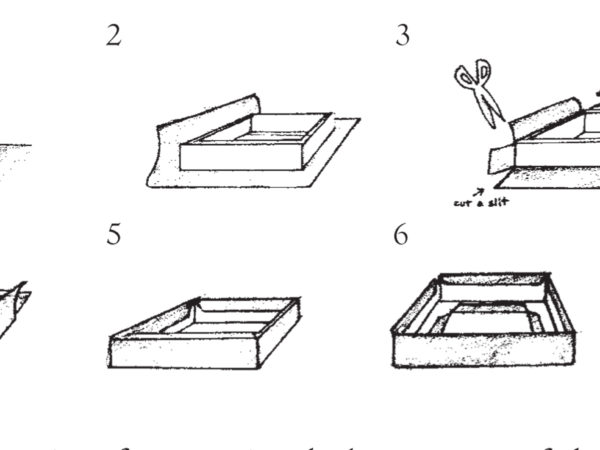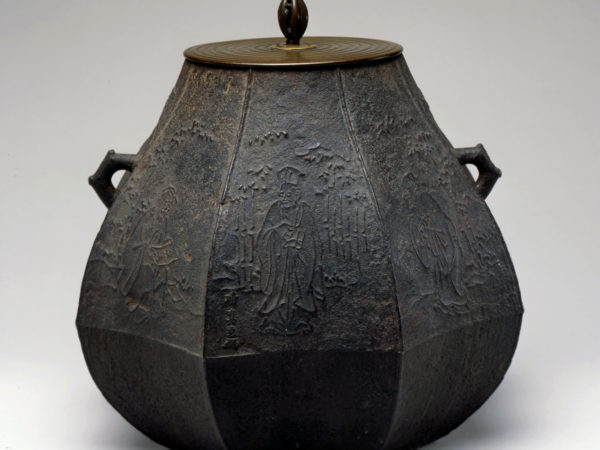Background Information
Heian and Kamakura Period Tea (794–1338)
The first record of tea drinking in Japan occurs early in the Heian period (794–1185) whenit was introduced to the Japanese aristocracy by scholar-monks returning from Tang dynasty China. Learn more.



